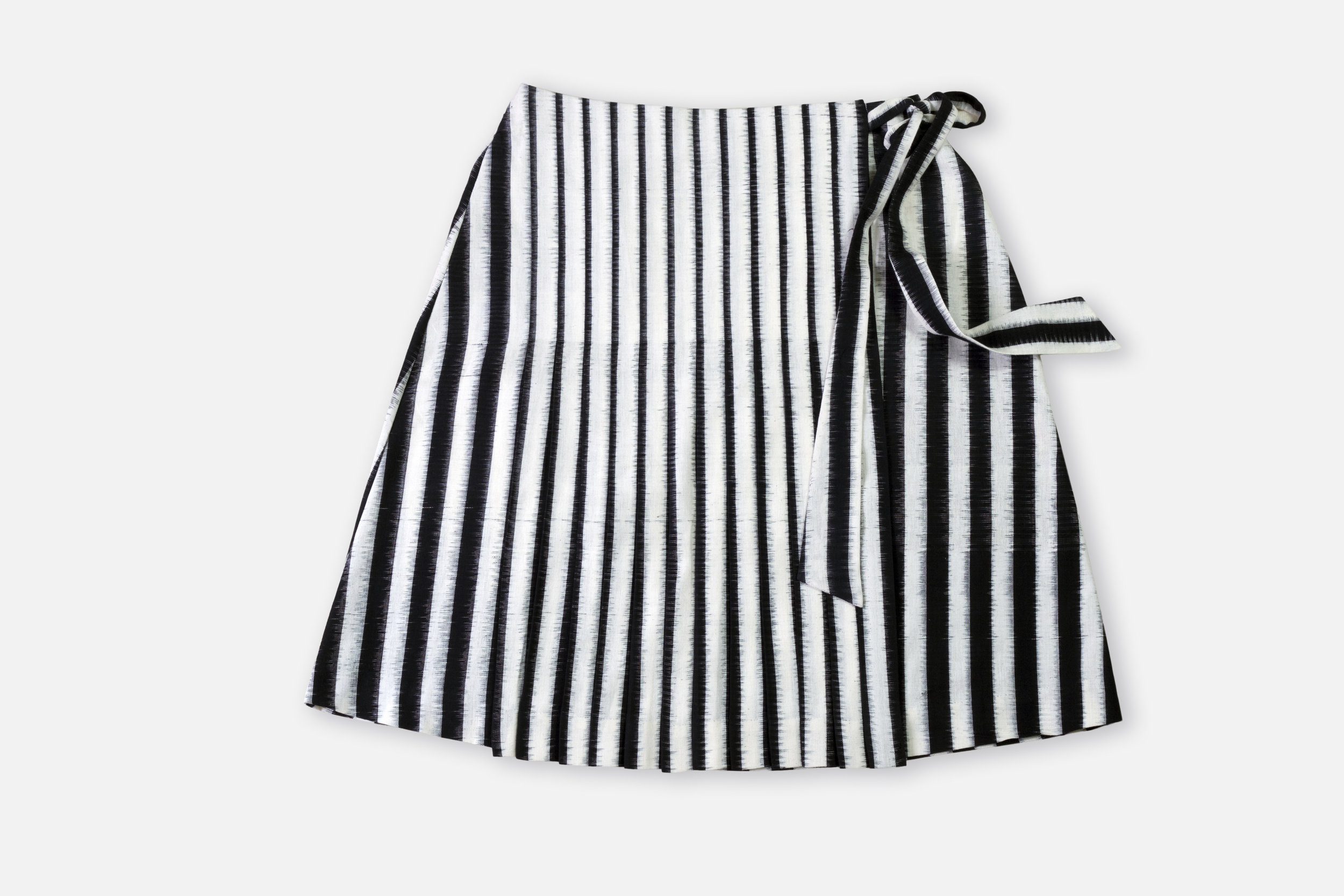From the rugged mountains to shimmering lochs, Scotland has plenty to offer for one who seeks a balanced life. Drawing inspiration from nature, the Scottish zero-waste brand Arra produces long-lasting handwoven textiles. Their bespoke products are timeless and easy-to-wear. We spoke to Lucy MacDonald, textile designer at Arra Textiles, about how her design inspiration aligns with slow design principles.
Words: Johanna Raudsepp
Arra Textiles Merino Wool Throws.
How did you end up in the world of textile design?
My art teacher at school suggested I look at studying textiles after I created a dress made from recycled materials. I studied textile design at university in Scotland and Finland, specialising in weave.
What is your favourite part about designing textiles?
I enjoy seeing a design evolve from being an idea in my head to a finished product and seeing and hearing people's reactions to receiving a piece as a gift or when they first see the work.
What is it about slow living and design that you love and why?
I like a piece to have a story behind it or meaning. I like to think that a blanket will be passed down through a family and become a part of a family's history.
Ripple Cowl Scarf.
Besides being sustainable in your creative approach, do you follow such principles in your daily life?
I try to buy clothes that will last and are made ethically and I use locally grown and/or home grown produce.
"I like to think that a blanket will be passed down through a family and become a part of a family's history."
Wave Throws.
Ripple Cowl Scarf.
What has been the greatest thing you have learned along the way?
Patience! Starting a business is a slow but rewarding process! Also, people enjoy meeting the person behind the brand and like to have a story to go with a product.
You draw a lot of inspiration from the sea. How do you go about designing a new textile or print for Arra?
I take lots of photos and I make collages. I use the collages mainly for colour inspiration. I like to let the patterns develop by changing small parts of the design at a time.
If you had to describe Arra Textiles with a piece of music, this would be...
It's hard to choose just one piece of music to describe Arra Textiles, as I like to think that each collection has a different feel and mood to it. If I had to choose a genre of music then it would definitely be a symphony. Separate design influences of light, sea and the natural world are woven together like an orchestral score where colour hues, weave structures and carefully chosen yarns combine to create a harmony within the final piece.
Arra Textiles Ebb Throw.
You can purchase Arra Textiles here.













